If you are newcomer or beginner in online marketing, you must know the power of types of anchor text in search engine optimization. It is a common phrase but still, many marketers don’t know what its real meaning after the penguin and Hummingbird updates. Anchor texts are one of the important parts of SEO link building strategies and highly impact your search engine ranking. If you use it in a proper way, your keyword ranking will be higher on a daily basis. But if you use the anchor text without thinking then your ranking disappear overnight. In this post, I am going to explain to you what is anchor text and how you can optimize it for a well-performing website.
What is anchor text in SEO with example?
It is a clickable text in a hyperlink.
“OR”
Text that links to another location on the web is called anchor text. Anchor text example: eChoice here is the anchor tag that links to another location.
How do we create an anchor text?
You can use it simply by using HTML code
<a href=”https://www.example.com”>Anchor Text</a>
Anchor text must be succinct and relevant to the target page. It is added for the benefit for search engines so that they can determine what the link to the page is all about. Before the Penguin update, Google uses anchor text only to understand whether or not a particular website is relevant. But nowadays anchor text serves a great way for a search engine to penalize a website for over optimization.
8 Types of anchor text
1. Exact match: Exact match anchor text is the most important type of anchor text. It helps in improving the ranking of your website, it may also be the reason you get penalized by Google. These anchors are the exact match of the target keyword. It is also called keyword rich anchor text.
For example, if your keyword is “toys” then your anchor is also “toys”.
2. Partial Match: The partial presence of the keyword in the anchor text is said to be Partial Match.
For example, “high DA backlinks sites” link to the page “backlinks”.
3. Brand + Keyword Anchor: Using brand and keyword is another effective way of building anchor text. Simply, it is the combination of brand and keyword of your choice which is relevant to the website.
For example, SEO Blog by eBOGTALK
4. Naked link: The anchor text which links back to the website by simply using URL.
For example www.eblogtalk.com
5. Generic Anchor: It is the normal anchor texts like click here, go there, this page.
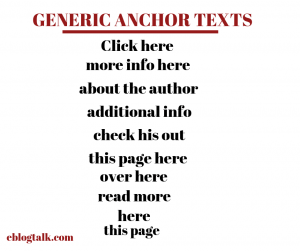
6. Image Anchor: Google will use this text contained in the image’s alt attribute as the anchor text.
<a href=”http://example.com”><imgsrc=”http://example.com/sample-image.jpg” alt=”alt as anchor text” /> </a>
7. LSI Anchor Text: It stands for Latent Semantic Indexing. It’s basically the variation of the main keyword.
For example: If your main keyword is SEO services, then your LSI keyword is online SEO services.
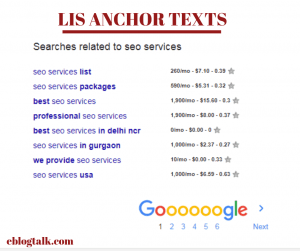
8. Long tail Anchor: It is similar to partial match anchor, Except that it is longer than a partial anchor.
For example, Backlinks are crucial for the link building.
How do we optimize it?
A few tips to optimize anchor text. Optimizing anchor text is a little bit tricky. Some online marketers make the mistake of over-optimizing their anchor text that results in unnecessary penalized by Google. Given below are some tips to optimize the anchor text.
Relevant anchor text: Link related to the topic of the source page are likely to send a strong relevant signal. Search engines use anchor text as the additional indicators of what the blog is all about.
Succinct anchor text: It is a great idea to keep your anchor text succinct as possible. Keep in mind two main factors for anchor text.
- What is the most accurate way to describe the link to the page?
- What word would encourage the user to click on the link?
Don’t link to toxic sites: Be sure that your anchor texts don’t link to toxic or spammy sites just for winning backlinks. Don’t waste your time on such sites, focus on healthy, authoritative sites that are relevant to your niche. Go for the sites with domain authority above 30, Page authority above 35. Also, look for the sites with trust flow is above 10 and be sure that the ratio of trust flow to citation flow is around 1:2.
Use a different type of anchor text wisely: Below are the distribution of anchor text, you have to focus on.
Branded Anchor text: 40%
Unique/Other anchor text: 25%
Naked link anchor: 15%
Brand + keyword anchor: 5%
Partial match anchor text: 5%
Generic anchor text: 1-5%
Long tail anchor text: 2-4%
Exact Match Anchors: Less Than 1%
Conclusion:
The main type of types of anchor text is naked and brand anchor text which is both safe and effective in link building. Build your link using high-quality content and variation in the anchor text. This will help you to optimize your site and high traffic on your site.
Read also: What is a Sitemap | How to Create a Sitemap for a Website (2019)

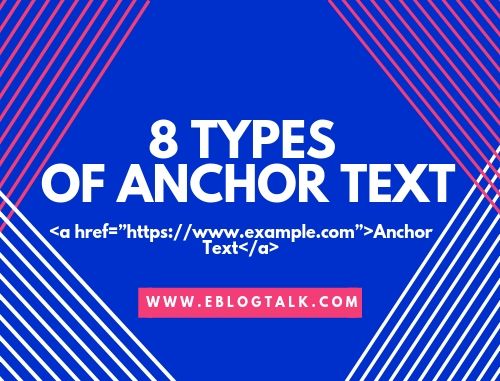
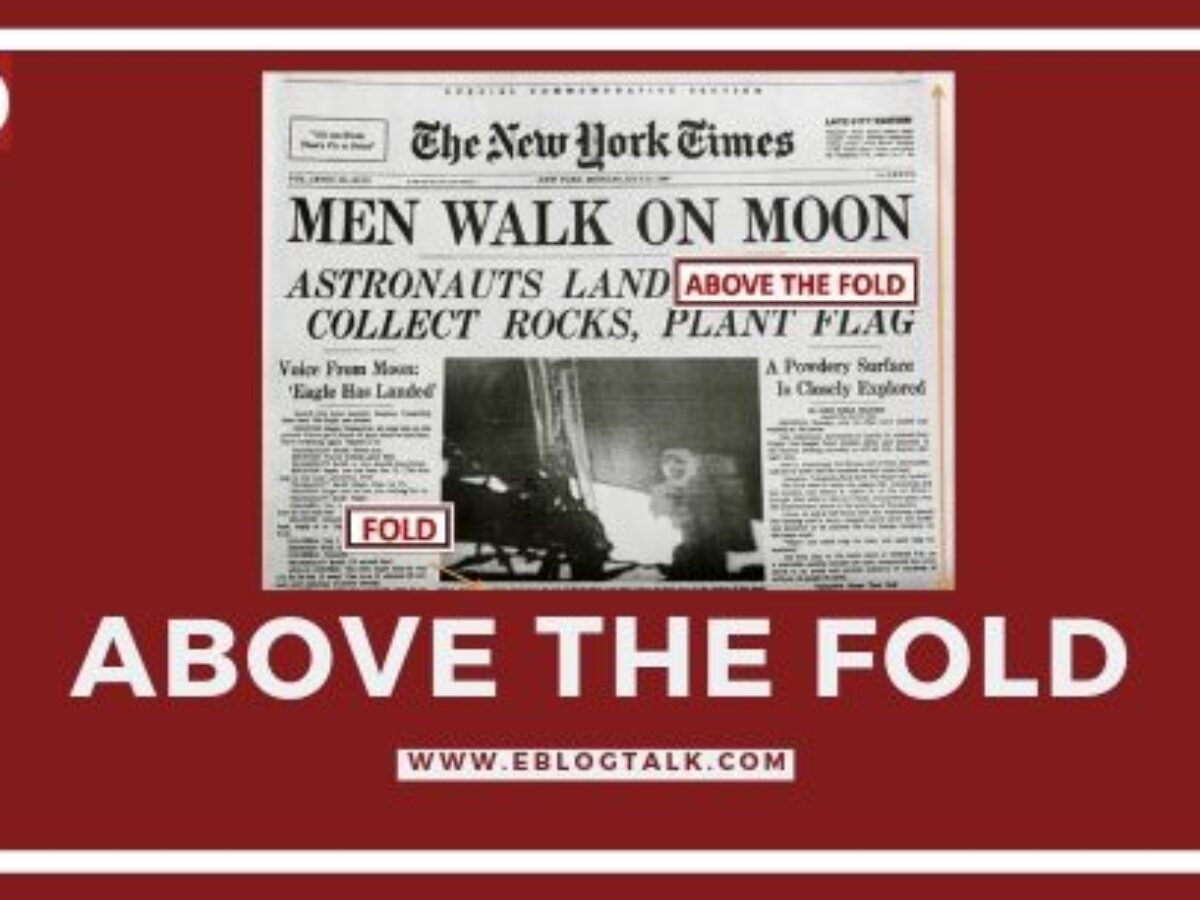

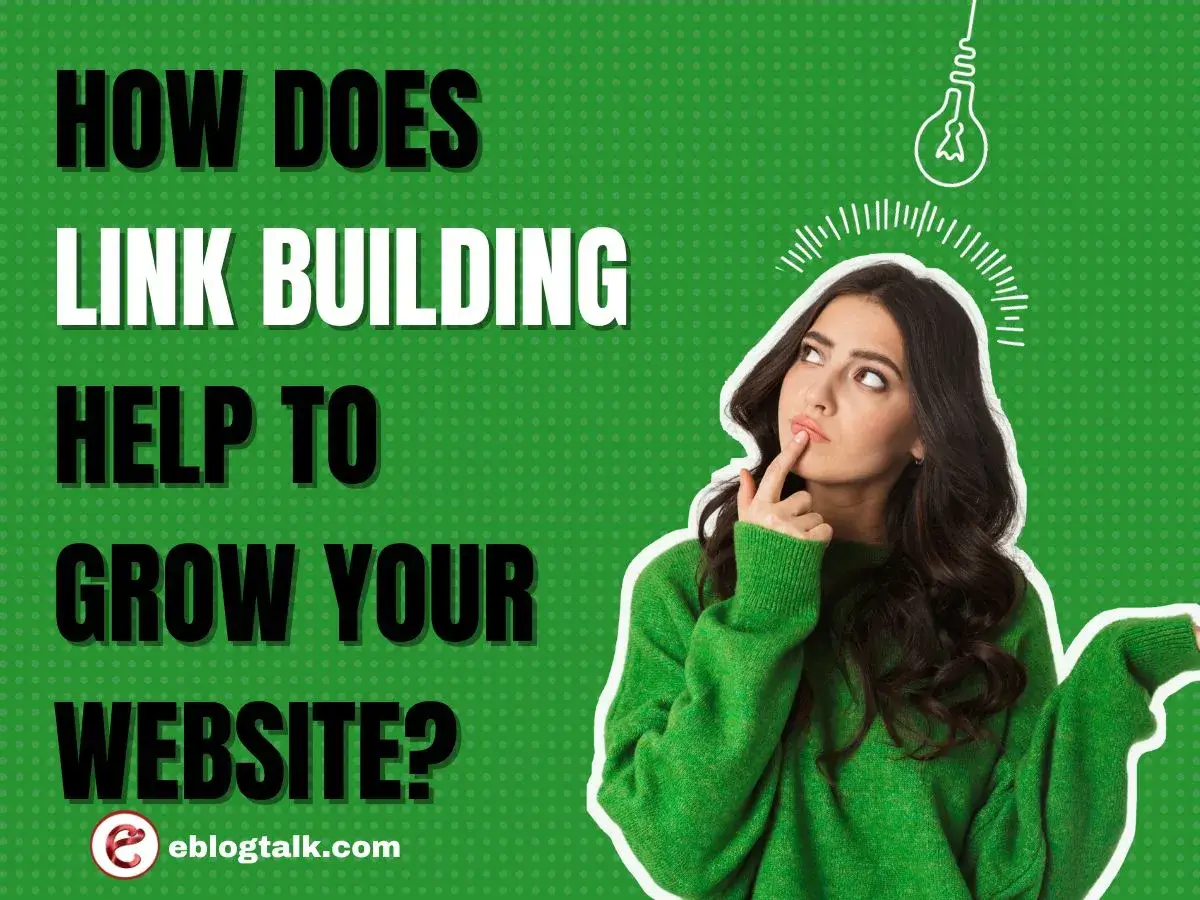


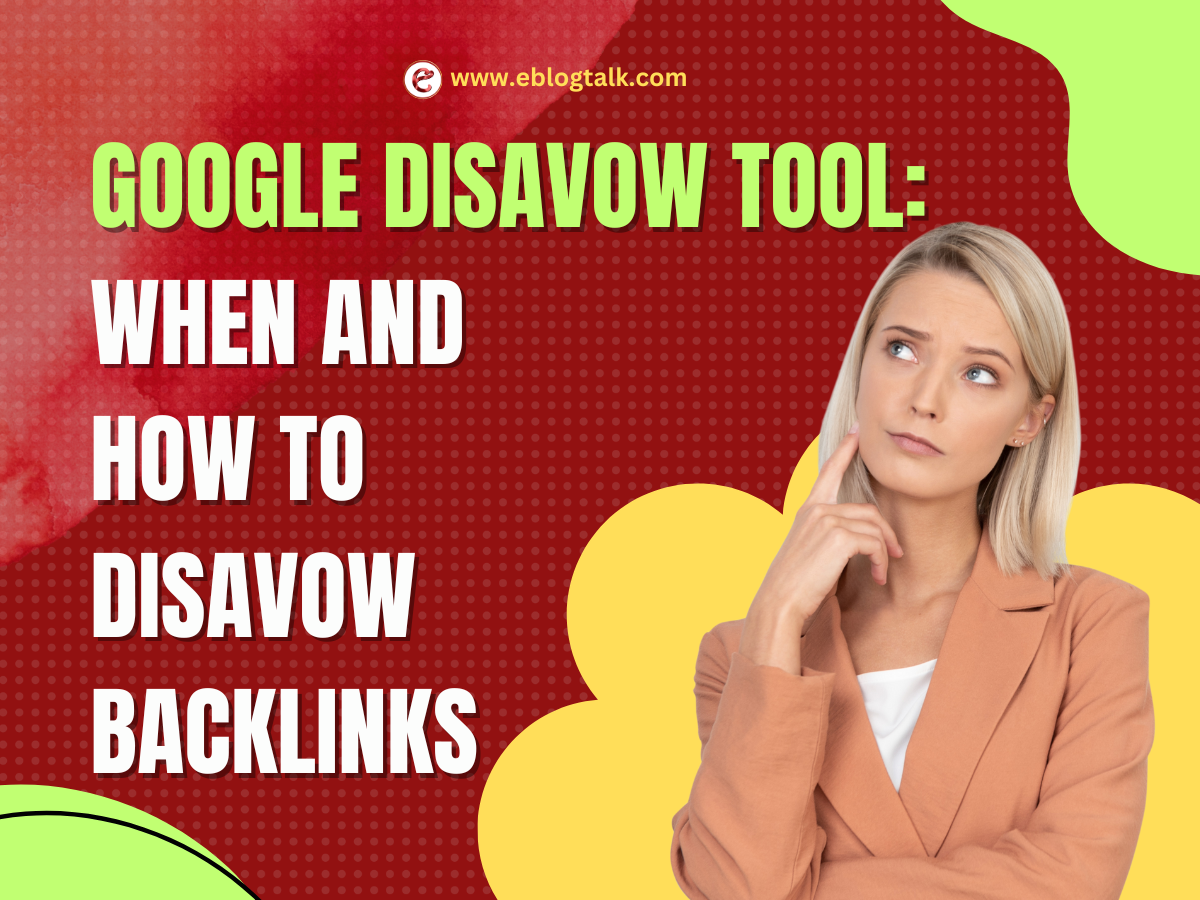

Anchor text is the clickable text in a hyperlink. SEO best practices dictate that anchor text be relevant to the page you’re linking to, i study before this but when i see your blog it should very helpful for me.
thank you
Thanks for your appreciation!